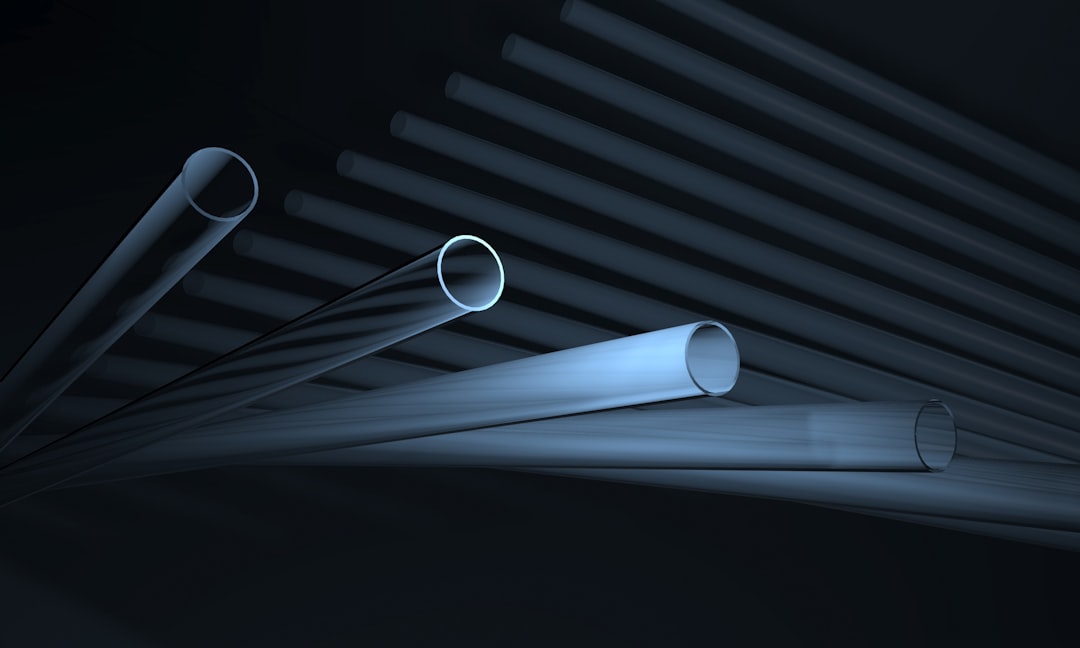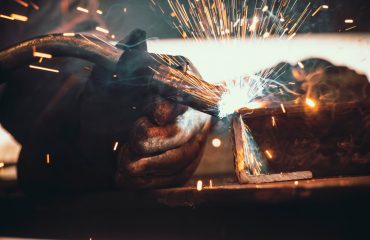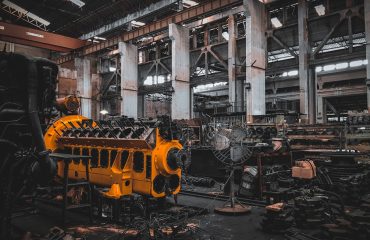body {
font-family: sans-serif;
line-height: 1.6;
}
h1, h2, h3 {
color: #333;
}
h1 {
font-size: 2.5em;
}
h2 {
font-size: 2em;
}
h3 {
font-size: 1.5em;
}
High-performance pipes are engineered for superior strength, durability, and efficiency, surpassing the capabilities of standard piping systems. This enhanced performance is achieved through a combination of advanced materials, innovative designs, and precise manufacturing processes. This post delves into the crucial features that define these superior pipes and their impact across various industries.
1. Superior Material Selection: The Foundation of High Performance
The choice of material is paramount in determining the performance characteristics of a pipe. High-performance pipes often utilize advanced materials like:
- High-Strength Steel: These steels, often alloyed with elements like chromium, molybdenum, and nickel, offer exceptional tensile strength, yield strength, and resistance to corrosion, making them ideal for high-pressure and demanding applications.
- Fiber-Reinforced Polymers (FRP): FRP pipes, composed of resin matrices reinforced with fibers like fiberglass or carbon fiber, provide excellent strength-to-weight ratios, corrosion resistance, and are non-conductive, making them suitable for corrosive environments and electrical applications.
- Ductile Iron: Offering a balance between strength, ductility, and corrosion resistance, ductile iron pipes are widely used in water distribution systems and other infrastructure projects.
- Stainless Steel: Known for its exceptional corrosion resistance and high strength, stainless steel pipes find applications in chemical processing, food and beverage industries, and pharmaceutical manufacturing.
The selection of the optimal material depends heavily on the specific application, considering factors like operating pressure, temperature, chemical compatibility, and environmental conditions.
2. Advanced Manufacturing Processes: Precision and Quality
High-performance pipes benefit from advanced manufacturing techniques that ensure dimensional accuracy, superior surface finish, and consistent quality. These processes include:
- Seamless Manufacturing: Eliminates welds, enhancing the pipe’s structural integrity and resistance to failure, particularly crucial in high-pressure applications.
- Advanced Welding Techniques: For welded pipes, techniques like submerged arc welding (SAW) and gas tungsten arc welding (GTAW) ensure strong, reliable welds that meet stringent quality standards.
- Precision Extrusion and Forming: These processes create pipes with consistent wall thickness and precise dimensions, optimizing their performance and reducing material waste.
- Automated Quality Control: Rigorous testing and inspection throughout the manufacturing process, including non-destructive testing (NDT) techniques like ultrasonic testing and radiographic inspection, guarantee the quality and reliability of the final product.
These advanced manufacturing processes contribute significantly to the overall performance and longevity of high-performance pipes.
3. Innovative Design Features: Enhancing Efficiency and Durability
Innovative design features play a crucial role in optimizing the performance of high-performance pipes. These include:
- Enhanced Corrosion Protection: Coatings, linings, and specialized alloys provide superior protection against corrosion, extending the lifespan of the pipe in harsh environments.
- Improved Flow Characteristics: Optimized internal geometries, such as smooth inner surfaces or specialized profiles, reduce friction losses and enhance fluid flow efficiency.
- Increased Structural Support: Features like ribs, stiffeners, and specialized joint designs enhance the pipe’s structural integrity and resistance to external loads and stresses.
- Advanced Joining Techniques: Innovative joining methods, such as flanged connections, grooved couplings, or butt-fusion welding, ensure leak-free and durable connections.
These design elements are tailored to specific applications, maximizing performance and minimizing operational costs.
4. Enhanced Durability and Longevity: Extending Service Life
The extended service life of high-performance pipes is a direct result of the combined effects of superior material selection, advanced manufacturing, and innovative design. This translates to:
- Reduced Maintenance Costs: Higher durability means fewer repairs and replacements, leading to significant cost savings over the pipe’s lifespan.
- Improved Reliability and Safety: The reduced risk of failure enhances the safety and reliability of systems utilizing these pipes, particularly in critical applications.
- Environmental Benefits: Extended service life reduces the need for pipe replacement, minimizing the environmental impact associated with manufacturing and disposal.
- Lower Lifecycle Costs: While the initial investment might be higher, the reduced maintenance and replacement costs over the extended lifespan result in lower overall lifecycle costs.
The long-term cost benefits and enhanced reliability make high-performance pipes a worthwhile investment in various applications.
5. Applications Across Industries: A Versatile Solution
High-performance pipes find applications across a wide range of industries, including:
- Oil and Gas: Transporting high-pressure fluids and gases over long distances.
- Chemical Processing: Handling corrosive and hazardous chemicals.
- Water and Wastewater Treatment: Distributing potable water and managing wastewater effectively.
- Power Generation: Transporting steam and other fluids in power plants.
- Construction and Infrastructure: Used in building and infrastructure projects requiring high strength and durability.
The adaptability of high-performance pipes makes them a versatile solution for diverse and demanding applications.
In conclusion, high-performance pipes offer significant advantages over standard piping systems, providing enhanced strength, durability, efficiency, and longevity. The combination of superior materials, advanced manufacturing processes, and innovative design features makes them a crucial component in various industries, contributing to improved performance, reduced costs, and enhanced safety.
Tags: High-performance pipes, pipe materials, pipe manufacturing, pipe design, industrial piping




